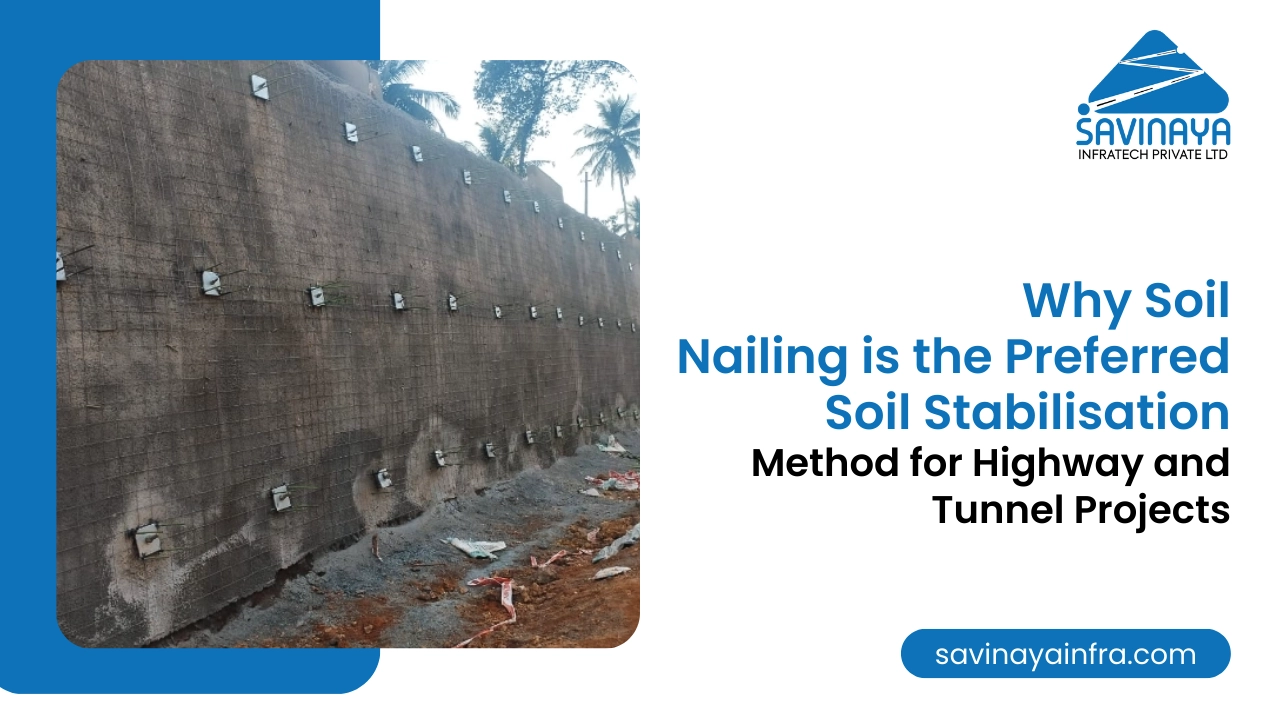Bridge foundations, especially older ones, often need reinforcement to meet modern safety standards and handle increased loads. But retrofitting them isn’t always simple, particularly when space is limited. That’s where micropiling comes into play.
Micropiling, also known as drilled and grouted piles, is a specialized technique used to reinforce foundations when traditional methods just won’t fit. With smaller equipment, lower vibration, and flexibility in design, it is becoming the go-to method for strengthening bridges, especially in areas with limited access or overhead clearance.
Let’s explore why micropiles for bridge retrofit are increasingly used and how they solve the challenges of confined spaces.
Key Takeaways
- Micropiling is a modern foundation reinforcement technique used when space constraints or soil conditions make traditional piling methods impractical.
- This method is especially useful under low-clearance decks, in tight spaces, or near active traffic zones where large equipment can’t be used.
- Micropile rigs are compact and lightweight, making them suitable for confined work zones with restricted access.
- Engineered for deep load transfer, micropiles stabilize shallow or deteriorated foundations by anchoring into stronger subsurface layers.
- Ideal for top-down construction, micropiles can be installed without extensive excavation or disruption to existing infrastructure.
- As infrastructure ages and urban density increases, micropiling offers a safe, reliable, and long-term solution for bridge foundation retrofits.
Table of Contents
The Challenges of Bridge Foundation Retrofits in Confined Spaces
Retrofitting bridge foundations is rarely straightforward. Many older bridges are located in areas with limited room to work under active roadways, near rivers, or in urban zones with nearby structures.
Some of the common challenges include:
- Tight working spaces beneath existing bridge decks or alongside live traffic
- Low overhead clearance that prevents the use of traditional piling rigs
- Soil conditions that vary significantly along the foundation line
- The need to strengthen foundations without shutting down the structure
In these scenarios, using large equipment or traditional deep foundation systems is either not possible or highly disruptive. That’s why engineers are turning to micropiling in tight access areas as a smarter and more practical solution.
Interesting Reads: Micropiles – Types, Benefits & Installation Method
Why Micropiling Works Perfectly For Bridge Foundation Retrofits in Tight Access Situations?
Micropiling is ideal when you’re working with limited access and can’t afford to compromise on safety or structural performance.
Here’s why it works so well:
1. Compact Equipment for Confined Spaces
Micropile installation uses lightweight and compact rigs that fit under bridges and between narrow structural elements. This makes it perfect for confined space foundation solutions where larger machines simply won’t work.
2. Minimal Vibration and Disturbance
Since micropiling involves drilling instead of driving, it causes far less vibration. This is important near fragile structures or active bridges that can’t tolerate heavy movement.
3. Versatile Ground Performance
Micropile foundations perform well in a wide range of soils, including those with boulders, soft clays, or loose sands. The drilled and grouted method ensures a secure bond even in poor conditions.
4. Designed for Load Transfer
Micropiles for bridge retrofit are engineered to transfer loads deep into stable soil layers. This is especially valuable when the existing foundation is shallow or compromised.
5. Ideal for Top Down Construction
In many cases, micropiles are used in low clearance piling methods, allowing work to begin at the surface and progress downward without excavating large areas. Overall, micropiling for secure foundations offers precision, safety, and strength, even in the most restricted sites.
Industry Trends and Innovations in Micropiling
The demand for smarter bridge retrofit piling solutions is pushing innovation in the field of micropiling.
- Automated drilling systems now make micropile installation faster and more consistent, even in difficult soils
- New grout formulations improve load capacity and reduce curing time
- The use of carbon steel and corrosion resistant bars enhances longevity in harsh environments
- Specialized monitoring systems track pressure and depth in real time for quality assurance
As infrastructure ages and urban congestion increases, solutions like micropiling are becoming more important than ever. Many micropiling contractors and mini piling companies are now offering tailored services for strengthening bridge foundations that meet both technical and site constraints.
Interesting Reads : How Much Does Micropile Cost? Factors That Impact Pricing
Conclusion
When it comes to retrofitting bridge foundations in tight, awkward, or high risk areas, micropiling stands out as a reliable and efficient method. From compact equipment to excellent performance in tricky soil conditions, micropiling for secure foundations makes sense both technically and economically.
It is not just a workaround it is a long-term foundation solution that fits where others cannot.
Hire Our Micropiling Contractor to Retrofit Your Bridge Foundation
Need expert help with bridge foundation retrofitting? Our experienced team at Savinaya Infratech offers proven micropiling services designed for tight access, complex sites, and aging infrastructure.
As a trusted mini piling company, we use advanced tools and best practices to deliver safe, stable, and code compliant results. Contact us today to discuss your bridge retrofit needs and get a tailored micropiling solution.


